- arrow_back Home
- keyboard_arrow_right On the Road
Travel Tips
On the Road Karla Weinbrenner July 24, 2024
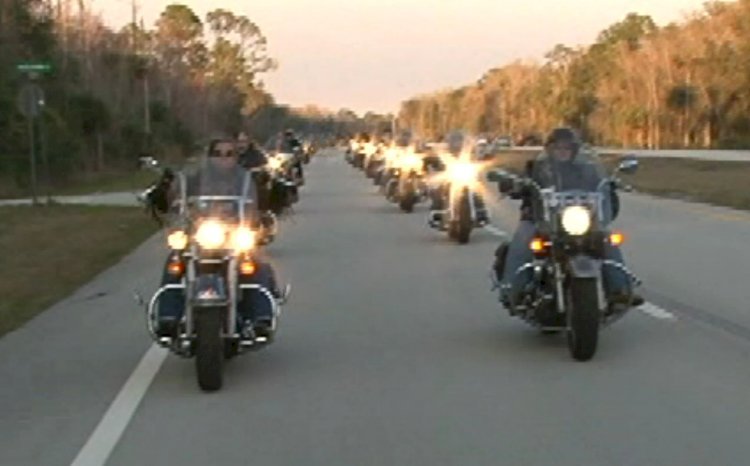
Travel Tips
Some Travel tips for your Motorcycle and non-motorcycle trips
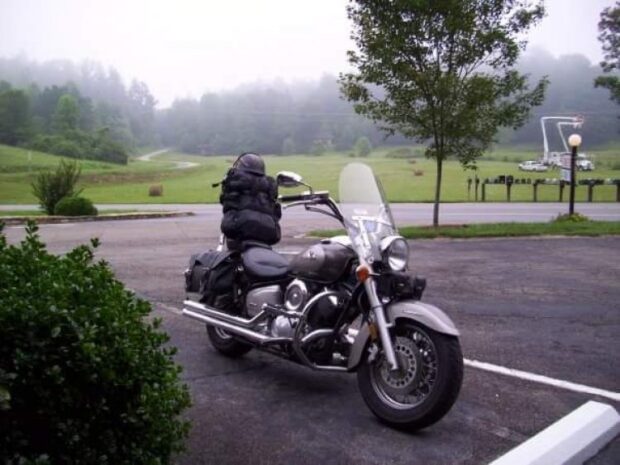
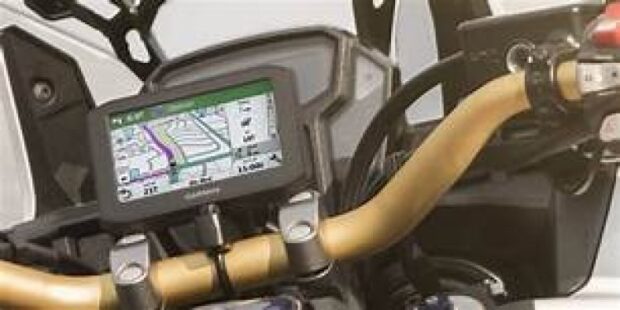
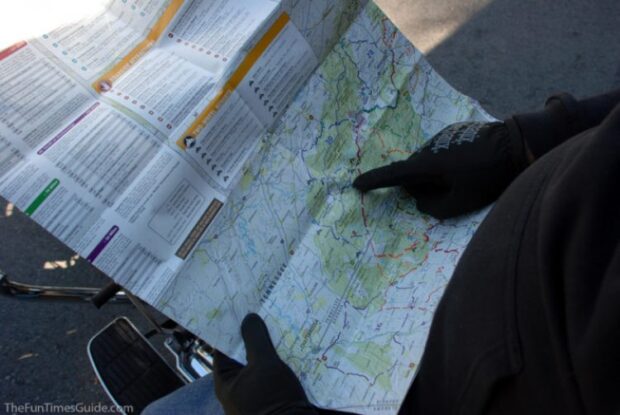
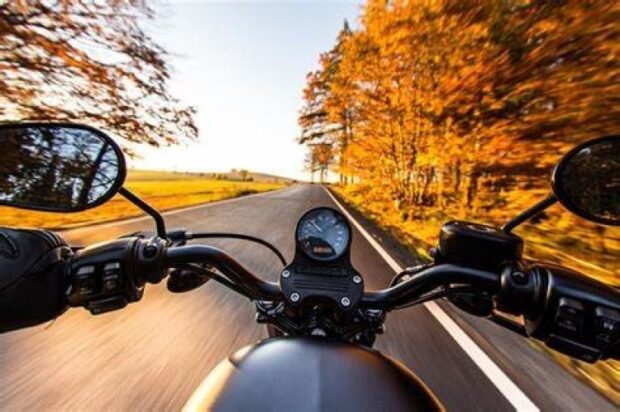
Tips for Traveling
Planning the trip
- Check the laws for the states you will be going through before you leave. In some states, it is against the law to ride in the left lane all the time. When coming up to an emergency vehicle, a wrecker, or a vehicle with flashing lights on, slow down and if possible, move over a lane.
- When traveling by bike, it can be hard to read your print out of directions. Put them in a Ziploc bag, and then put that one in another Ziploc bag. (Plastic page protectors can be used as well). Then zip tie them to your handlebars so you can see them. Your printed directions are now water proof and you can see them without having to stop. Another idea is buying magnet strips and putting them in the Ziploc bag then it will stay on your tank. – With Phone mounts for your bikes and GPS on your phones we don’t print out directions as much but some areas you are traveling you might run into areas of no Cell service so it is not a bad idea to have printed directions as a back up.
- Put I.C.E. (In Case of Emergency numbers) in your phone so if something happens, we have someone to call for you.
- Make sure everyone in your group knows the route or has a copy of it in case you get separated.
- Have a plan if you get separated from the group you are riding with. Stop when you realize you are separated. If the group doesn’t catch up, then start calling. If you are behind and lose the ones in front of the pack and not sure if they took an exit, stop and call. One good rule of thumb is: if separated, always go to the first gas station on the right on the route where you are supposed to meet. NOTE: This is just a suggestion; you can work out your own plans.
- Make sure everyone in your group knows each other’s cell phone numbers and has them programmed into their phones. Also make sure that everyone has their cell phone on them, and it is fully charged and ready to go! Also have a charger handy in case the phone does go dead; hopefully, you can get to a location close by and plug in the charger to make a call that way.
- Every group should have a First Aid Kit with them.
- Pack a tool kit. At the very least, have the stock tool kit that came with your bike. Also pack Duct Tape and Zip Ties. I also have a knife, flashlight, multitool, Metric and standard Allen wrenches. Another good thing to have is Road Side Assistance of some kind. I have it with my motorcycle insurance and with my Discover Card.
- A pen or pencil and paper are also a good idea. A notebook with pen in a metal case, can be found at Barnes and Noble. I keep that in my vest pocket.
- The following is a check list you should incorporate before you leave on the trip:
- You should call your credit card company and let them know you will be traveling. If not, they may put a Fraud Hold on your account.
- If you take daily meds, make sure you have enough for the whole trip and that you take them close to your normal time as possible.
- If you have any emergency meds (Epie PINs for allergies, Inhalers for Asthma, Glycogen for Diabetics, and/or Nitro for Cardiac) bring it and let someone traveling with you know whereit is and how to help you take it
- Don’t forget: Sunscreen, rain gear, driver license, insurance cards, money, credit card, medical or insurance cards, camera, phone, charger, glasses and or contacts and the contacts’ care supplies (if you need them). Over the counter pain reliever is also a good thing.
- Have clothes for all weather climates you may encounter. Hot and steamy, hot and dry, rain, wind, cool and damp.
- Make sure your tires are good, the bike is in good running order, all lights work, and the brakes are good.
The Day of the trip
- Try to get a good night’s sleep before heading out. Even if you’re traveling in a car or truck, this is still good advice.
- Stop if you need to! Don’t push yourself beyond your limits! (Better late than not at all).
- “Drink lots of water!!” A frozen water bottle on a strap is great, but better if you have a cup holder or can place the bottle ride in the windshield. Make sure the water is easily and safely accessible while going down the road.
- Make sure your Cell Phone is fully charged and that you have a charger with you! When you stop for the night, plug it in and charge it. An added plus is if you can plug your phone in your vehicle and charge on the go.
- Make sure you have not only credit cards, but also some cash on you not just on the bike or in the car/truck. In case something happens to the bike/car/truck at a stop (God forbid) you still have access to money.
The Trip
- Eat good meals when you stop to eat!! Less sugar, more protein!!!
- Watch for deer and other critters!!! They are running even in the middle of the day!!!!
- At gas stops it is usually a good idea to pull away from the pumps when you are done filling. Stretch and walk a bit before climbing back on your bike or sitting inside your vehicle.
- When riding in a group, you should know how far everyone can go on a tank of fuel and have prearranged signals for when someone needs fuel.
- Be aware of your surroundings! Avoid riding in blind spots and watch for hazards!
- Pay attention to road signs! Not only do you need to know how far you are from where you want to be, you can also pinpoint your location if something happens. These signs may give info on traffic conditions, changes, or construction. **NOTE** The little green numbered marker signs on the side of the interstates are mile markers and tell how many miles into a state you are. They start at 0 at the Southern and Western most point and increase going North and East. (In most states) The also usually coincide with Exit numbers.
- Most States have special fines for speeding in Construction Zones
- More and more places are using cameras at intersections. Always be aware and follow all traffic laws.
- Hot weather tip: If you wear a long sleeve T-shirt, you can soak it in water at each stop and put it back on. It will keep you cool with the air hitting the wet shirt as you go down the road. You can do the same with a doo-rag or head scarf.
- How to deal with Toll Roads: Some toll road booths still have toll tickets. You need stop when you get on the toll road and pick up a ticket. Do not lose it! Put the ticket where you can get to it. When you leave the toll road, you will need to produce the ticket so they can determine how much you owe. If it is the “Cash” you will need to be able to get change out and into the basket or to
the person in the booth. I usually pull off to the shoulder before the booth and get my money out. This lessens the time you hold up the line digging for change. There are electronic I-Pass” or Subscriptions that you can buy to get though the tolls. You pay up front then don’t have to stop. You have a transponder that allows you to just bypass the booths. This is good if you travel the toll roads a lot. And the transponders do work on motorcycles and also from inside your vest pocket. - Some states are using Decibel meters. If your bike is too loud and you are unable to fix it on the spot, they are confiscating your bike. My Advice: Don’t rev your bike unnecessarily, especially in residential areas!
- If you are pulled over by the police. If you don’t feel you are in a safe area to pullover, you have the right to turn on your flashers, slow down, and continue to a safe and populated area where you can pull over. If you are still not sure or uneasy if the car pulling you over is really a police officer, you can call 911 on your cell phone to make sure it is an officer behind you. You are also within your rights to ask the officer for photo ID. Just be nice about it so you don’t piss him or her off before they can explain to you why they stopped you.
- Info you will need when talking to 911
- Name
- Your vehicle Make and Model
- Your current location (City, State, Street name, Direction of Travel, Mile marker if on Interstate)
- Description of Police Car attempting to pull you over.
- Additional Info that may help
- Your License Plate number
- The License Plate number of the Police Car attempting to pull you over
- Info you will need when talking to 911
Copyright 2025 Leather & Lace MC - All Rights Reserved.


